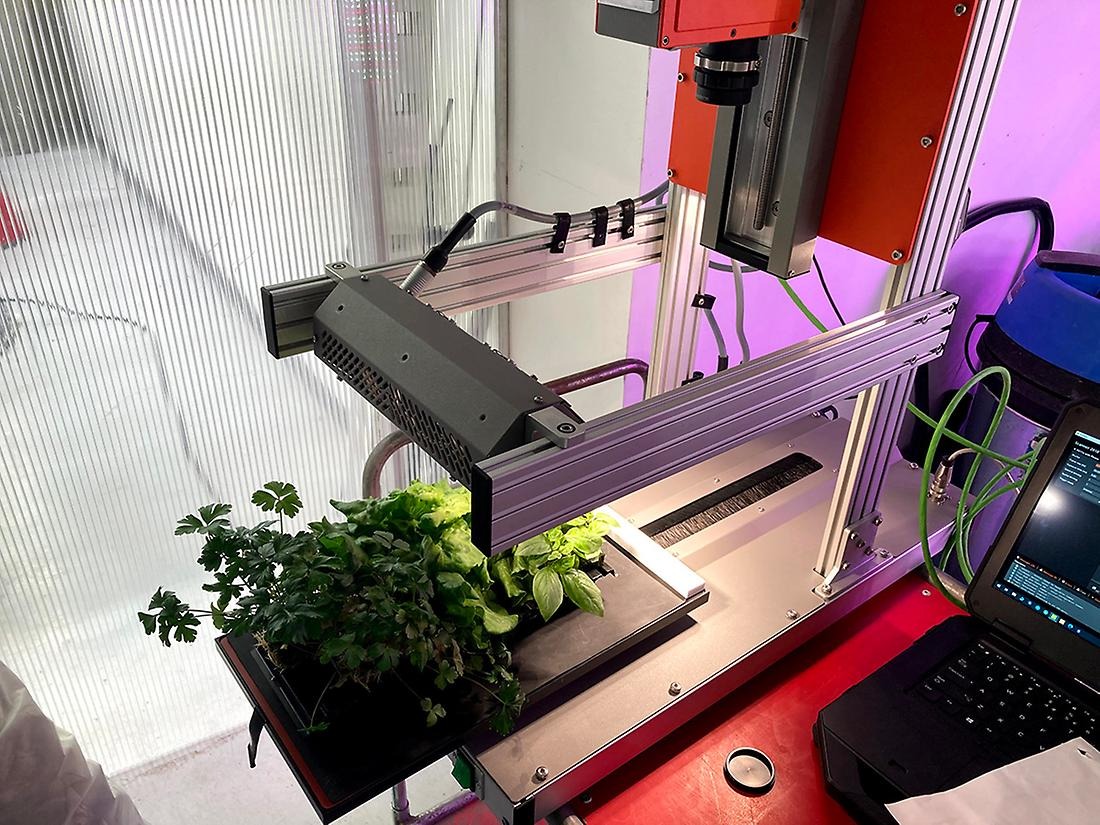Aqua2Farm - Boosting sustainable urban farming by near infrared spectroscopy with aquaphotomics
The general aim of the Aqua2Farm projects is to demonstrate the potential to implement two types of NIR spectroscopy sensors and novel scientific discipline aquaphotomics to achieve better results in plant growth monitoring in vertical urban farms facilities to achieve optimal growth.
Concluded
Start
2021-09-01
Conclusion
2023-12-31
Main financing
Collaboration partners
Research group
Project manager at MDU

Aqua2Farm
According to the UN's Food and Agriculture Organization, the world community must find new climate-friendly solutions to increase food production by 70%, mainly due to the world population rising to 10 billion in 2050. This challenge can be addressed by diversification of the food chain where alternative and local food production facilities such as urban farms are introduced. The urban farming concept brings many advantages compared to standard conventional agriculture production, such as a controlled environment.
There is a great demand for sensors that monitor plant growth and growth conditions and factors and detect anomalies as early as possible. Identifying anomalies in the early stage allows for the appropriate introduction of correction measures (e.g., temperature control, pH control, light intensity adjustments, etc.).
Single-point and hyperspectral imaging (HSI) near-infrared (NIR) spectroscopy sensors can provide a real-time, rapid, and non-destructive crop nutrient monitoring method to optimize the plant growth cycle. Furthermore, The NIR sensors' capability to monitor plants in vertical urban farming can be enhanced by implementing a novel scientific discipline in the spectroscopy field called aquaphotomics that greatly complement standard qualitative and quantitative NIR spectroscopic analysis.
Project goals
The aim of the project is to demonstrate a potential to implement spectroscopy sensors and novel scientific discipline aquaphotomics to achieve better results in plant growth monitoring in vertical urban farms facilities to achieve optimal growth. Specifically, the project aims to establish and evaluate how the low-cost single point and Hyperspectral imaging near-infrared sensors can be used and integrated into an urban vertical farm system to achieve optimal growth plants. It is followed by the evaluation of how can the aquaphotomics approach complement the standard chemometric approach to enable real-time monitoring of plant growth in the facility.
